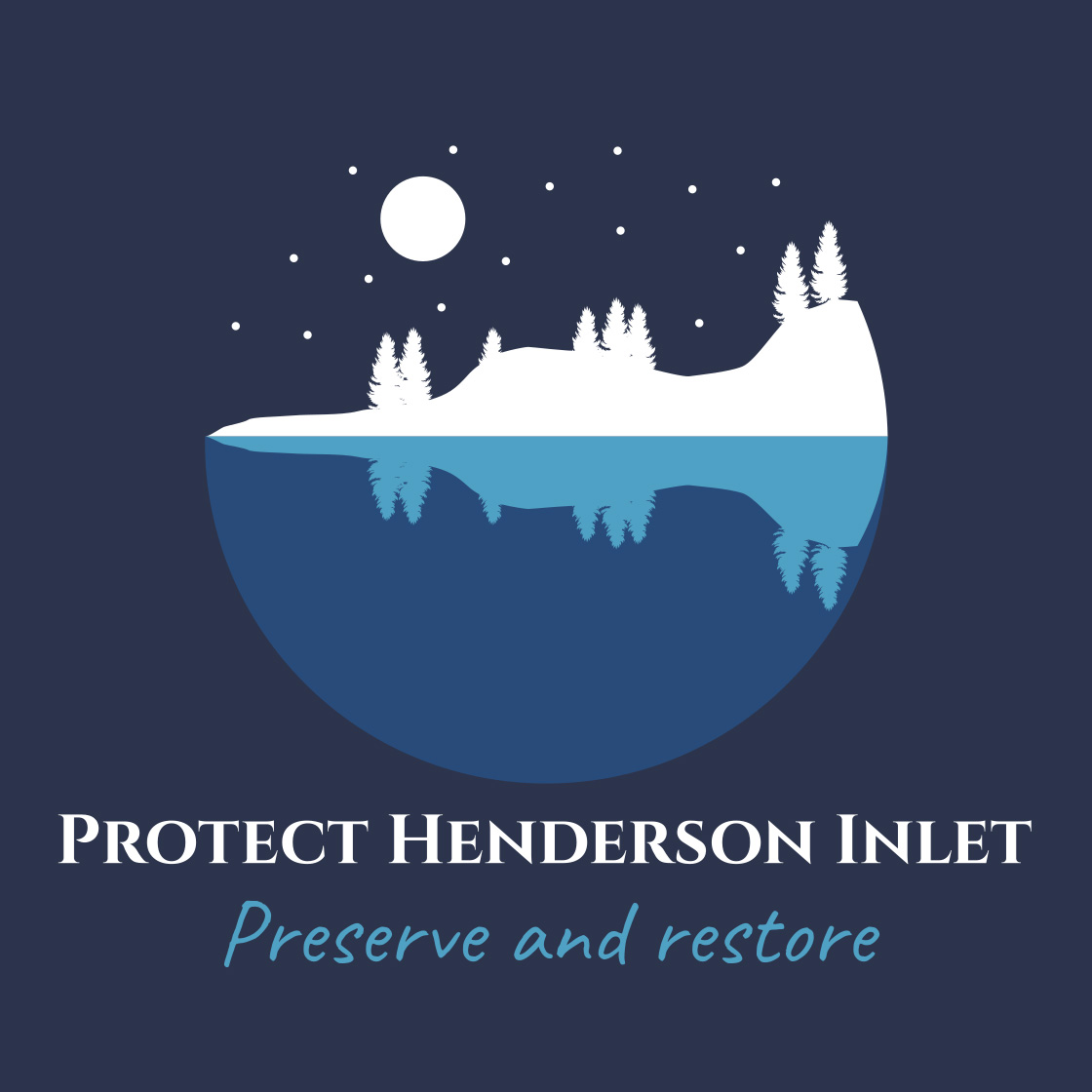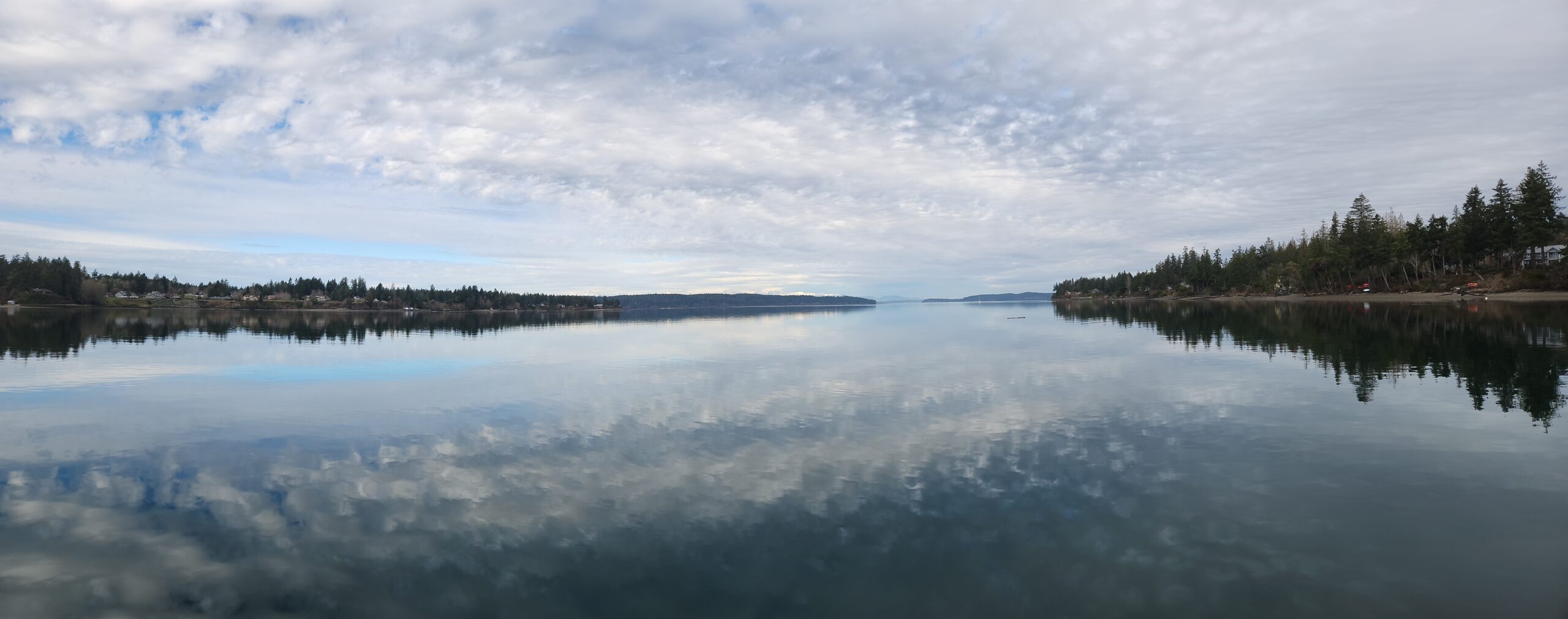Washington state is the nation’s leading producer of shellfish and the commercial products, especially geoducks, are shipped around the world. The Washington State Department of Health (DOH) regularly tests bivalve shellfish and the water where they grow to make sure shellfish are safe to eat. One parameter to assess water quality is the number of fecal coliforms per unit volume. There is no regular testing for chemicals, toxins, or microplastics. China requires growers to test geoduck for arsenic prior to export. Fecal coliform testing has been the focus of regulatory efforts in the Inlet.
The WA State DOH classifies shellfish growing areas based on water quality and current and potential pollution sources. They can open, close and provisionally reopen these areas.
Between 1984 and 2005 water quality in Henderson Inlet declined and fecal coliform counts rose. The DOH closed growing beds in parts of Henderson Inlet in 2001.
This concern was brought before the Board of Thurston County Commissioners. They created Shellfish Protection Districts (SPD) in Henderson Inlet and Nisqually Reach. The SPD includes the entire watershed. In 2002 the Commissioners established an advisory committee to craft recommendations to restore water quality in Henderson Inlet. Stakeholders on the committee include citizen representatives, shellfish growers, developers, commercial agriculture, tribes and cities. By 2007 the county commissioners and Board of Health adopted changes to the Thurston County Sanitary Code with respect to Henderson Inlet. The stated purpose of the program is to assure that on-site sewage systems (OSS), commonly called septic systems, are properly operated including system inspection and monitoring. Operation of this program is funded by assessing an annual charge collected through property taxes on property owners served by OSS within the Henderson watershed. Authority comes from RCW 90.72.070.
Generally, homeowners fund the improvement of their own OSS. The funding from taxes supports the operation of the program and projects such as pollution identification, stormwater management, farm plans, student education and the community shellfish farms. The program claims to have brought about the installation of over 100 systems to replace failing systems in the first 5 years.
From a review of reports, it seems that water quality improved from 2010 – 2015 with reopening of closed areas near the mouth of Woodland Creek. In 2016 water quality again declined. A Henderson Inlet Closure Response Plan was crafted in 2018 – 2020. Data during Covid is perhaps a bit sparse, but by 2023 quality has improved and the majority of Henderson Inlet is open for shellfish consumption.

